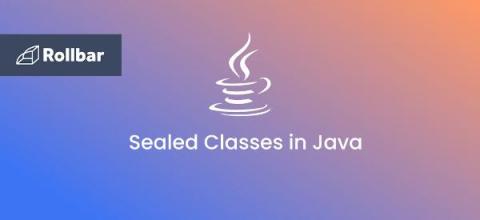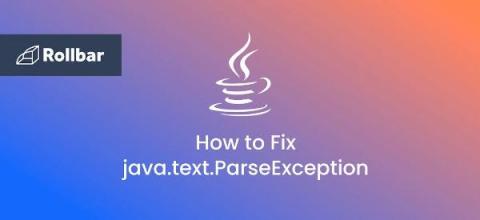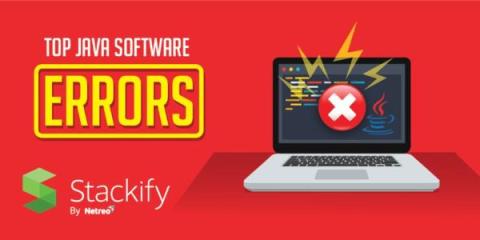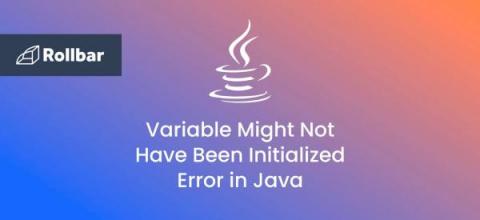Implementing API Analytics with Java
There are few technologies as ubiquitous – and crucial for business success – as APIs. APIs connect different software systems together, forming a common language that allows for substantial portability, scalability, and extensibility. What is just as important as the systems themselves is understanding the systems and discovering insights about their usage.











